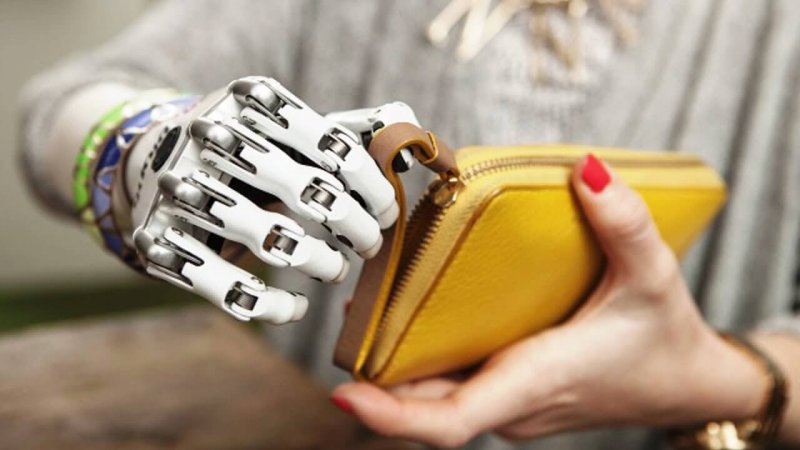On this November morning, [surgeon Jason] Souza and Walter Reed’s director of surgery, Dr. Kyle Potter, have met Carty at a surgical center outside Boston to invent a new operation, a way to perform arm amputations that might allow patients to move their prosthetic hands more like real ones.
…
It began by supporting a clinical trial of a radical approach for leg amputations, pioneered by Herr and Carty (and chronicled in a STAT documentary called “Augmented”). The experimental procedure attempts to preserve a patient’s sense of proprioception — the intuitive ability we have to know where our joints are in space without looking at them. It’s a sense that’s vital to mobility but that amputees typically lose.
…
In the new surgery, the muscle couplings are recreated, using tendons as the pulleys linking opposing muscles. When the brain thinks about bending the index finger, say, the appropriate muscle pair contracts and stretches, and that muscle activation can be picked up by an electrode and transmitted to the prosthetic hand.
Read full, original post: Surgeons test-drive the amputation of the future with a mail-order limb, rerouted nerve, and prosthetic hand that grips like the real thing































